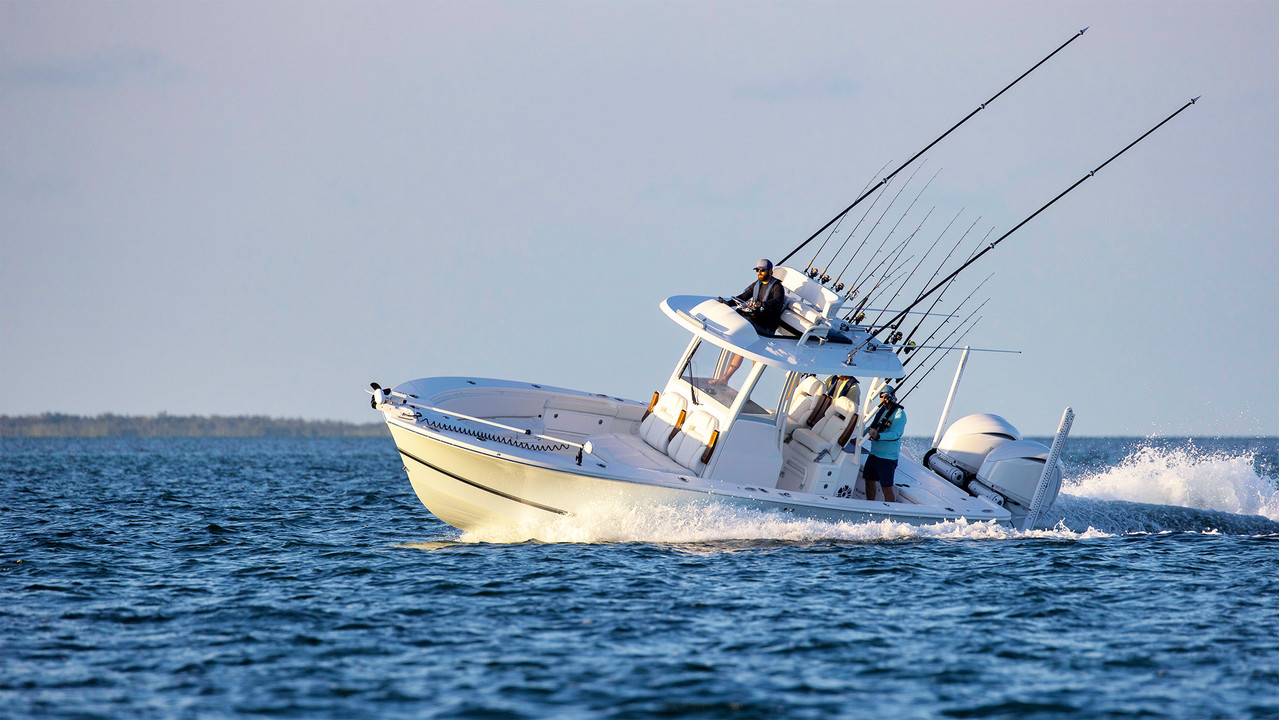Ocean Hack By Charles Loos
So, you've never taken your own boat onto the ocean, or maybe you've done it by the seat of your pants without knowing what you are doing. Maybe you've had a scary experience on a rough bar. Maybe your spouse or friends got so scared they swear they'll never go out on the ocean again with you.
Learning how to handle the ocean is daunting, I get it. Absent the good fortune of being mentored early in life, it's tough to learn on your own. You may not know where to start. There's a hack for that.
Today's hack is to break the planning process into small bits so you actually do know where to start. The key is to treat the trip planning process as four smaller tasks, instead of one big one. By doing so, you instantly have a mental road map, and the faint beginnings of a sense of confidence.
Each of the four bits represents a completely different part of your boating day. They happen in sequence, one after the other, and there is no overlap. Planning for each part is a completely separate process. Here are the four parts of the day you must plan for.
- The Bar Crossing Outbound in the morning
- The main part of your day on the Open Ocean
- The Bar Crossing Inbound as you return home in the afternoon
- The several hours after you plan to be back at the dock
Let's look at the first bar crossing in the morning. Bar conditions depend primarily on tide and swell, and captains have the option to stay inside if the bar looks too rough. Plus at many bars, notably in Oregon, the Coast Guard determines if the bar is open or closed to passage, based on conditions. A classic rookie mistake is to assume it's going to be a nice day out there, because the bar is open in the morning. That may or may not be true, but it ignores the other three parts of the day.
The second part of the day, which is your time on the open ocean, can also be a rookie trap. The reason is that captains are likely to range much farther from port than they are accustomed to on fresh water. A day on the river or lake means staying in a constrained area all day, and the weather in that area is likely to be similar between one fishing spot and the next. Not so the ocean, where a boat may travel 20 or 50 miles in a day. Conditions can vary greatly from one spot to the next.
In other words, conditions change on an ocean trip much more than on a river trip. Plan accordingly!
Let's look at two bar crossings. The tide will be completely different for both. Just because you can get out in the morning doesn't mean you can get back over the bar later. And when you're out on the open ocean you're concerned about wind, not tide.
The final bullet may confuse you. I'm saying that if you plan to be back at 3 p.m., you need to know what the weather forecast says for 6 p.m., and 10 p.m., and midnight. That's because you might come in late (just one more fish...), or bad weather may come in earlier than forecasted. You, captain, need to know in advance what is coming, so you can adapt your plans accordingly.
All accomplished mariners use this weather and tide road map for planning, although they may not think of it in those terms. I called it a hack, but it's really a lifelong foundation for learning. Granted, learning how to plan each of the four parts requires a lot of study. Ocean Coach is dedicated to teaching it all to you quickly, with private coaching or online courses.
In the meantime, CLICK HERE to get a free PDF guide on the four-part planning method. There are actually five parts, but you'll have to get the PDF guide to see the fifth part!
EXPLORE POPULAR ARTICLES
-
Crabbing in the Pacific Northwest
Nov 11th 2024Crabbing in the Pacific NorthwestThe Pacific Northwest (PNW) is a region known for its stunning land
-
Salmon Fishing in the Pacific Northwest: A Guide to the Best Angling Experience with Fish-Field
Nov 7th 2024The Pacific Northwest (PNW) is known for its stunning landscapes, rich natural resources, and, of co



